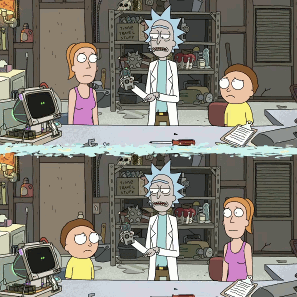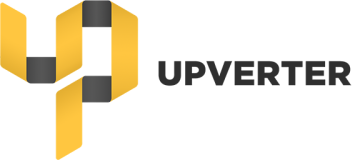
Since joining Altium last summer we’ve been hard at work on a new version of Upverter. I wanted to give you a sneak peek of what to expect in the upcoming version!
The biggest change you’re likely to notice is that we are merging the Upverter and CircuitMaker communities together. For Upverter users this should be pretty amazing. You’ll notice a lot more users and a lot more stuff in the explore section. You’ll see a bunch of CircuitMaker designs that have been migrated over and can now be edited and forked inside Upverter. You’ll have a more powerful publishing platform for showcasing your work. You’ll also see a lot more activity on the forum, including all the old CircuitMaker forum posts.
Upverter is getting a lot more powerful, including the addition of sheet management, part alignment, spacing controls, reliable pours, and more.
Our library of verified parts is expanding to include all of the parts built and verified by the expert Altium librarians over the past 10 years. We’ve added over 250,000 parts to the Upverter library over the past few months.
One of the hardest and most exciting parts of the merge is that we are making the CircuitMaker desktop editor work with Upverter designs. Two of the biggest feature requests we’ve had over the years were an offline mode, and better routing. CircuitMaker is packed full of amazing Altium technology – hierarchical schematic, push-and-shove routing, batch output generation, Native3D™, and offline editing. Making CircuitMaker work seamlessly with Upverter will allow you to use Upverter for the kind of stuff it’s best at, and CircuitMaker when you need a desktop editor.
Our goal is the best of both worlds. To develop Upverter into the most powerful, but also the easiest to use, hardware product design platform. To remain natively cloud based and collaborative. But also to allow you to work offline, in desktop software and with the very powerful editing features CircuitMaker has baked-in whenever needed. It’s about choice and flexibility and our mission of helping you bring your ideas to life faster and easier.
Finally, we’ve substantially increased the number of engineers working on Upverter and we’re committed to investing in building the best Upverter platform we possibly can. We’re adding new, Upverter only features. We’re building ways to migrate powerful features from Altium Designer into Upverter. We’re making Upverter more extensible and hackable. And we’re working on a new and more approachable system design environment so less technical designers can bring their products to life in Upverter.
We are all pretty excited about this upcoming release and we’ll keep you posted as we work on it. We are also doing an event tour to share our ideas, give previews, and get your thoughts – more on that here. We don’t have a hard launch date for all of this, but it looks like Christmas time 2018.
Stay tuned!!
Zak & The Upverter Team
If you are a CircuitMaker user, you can read about the merge here.

















